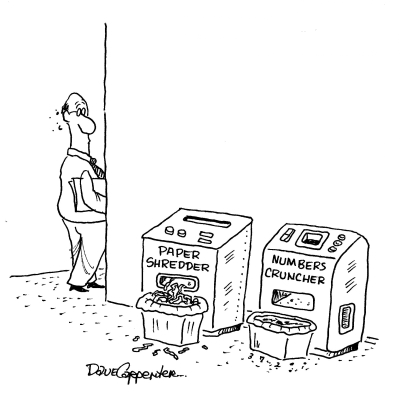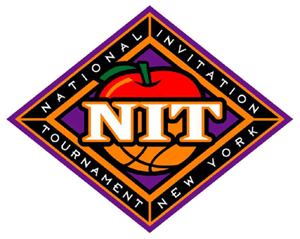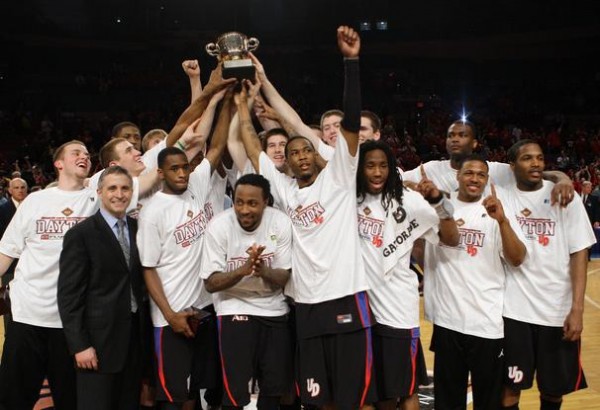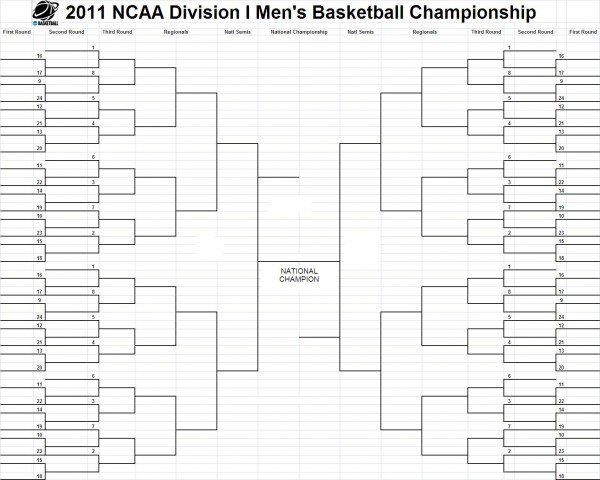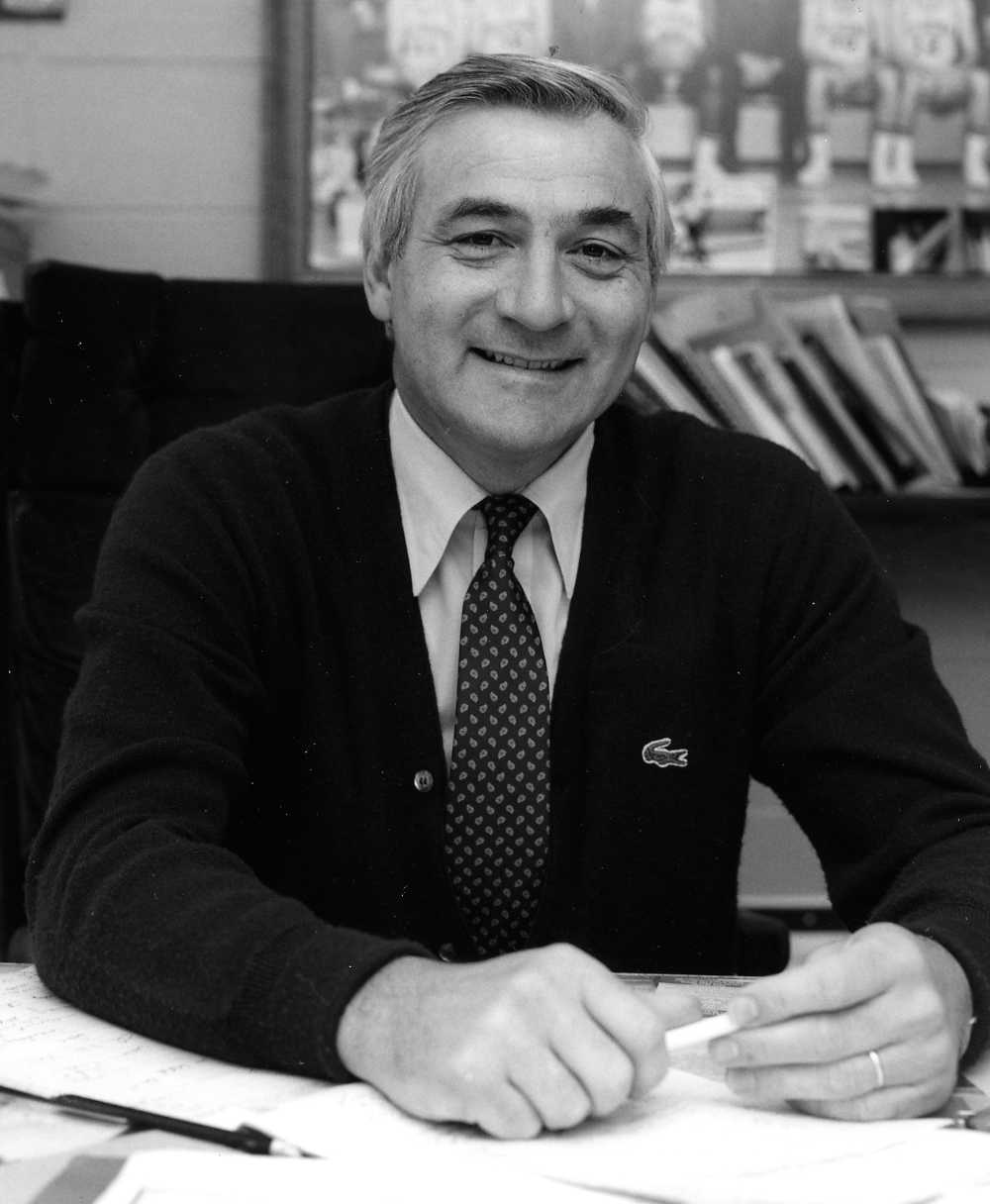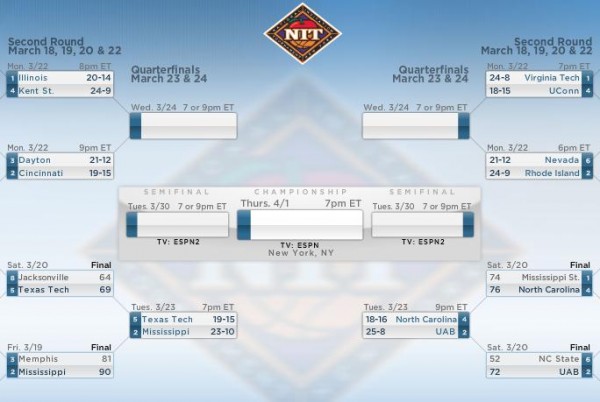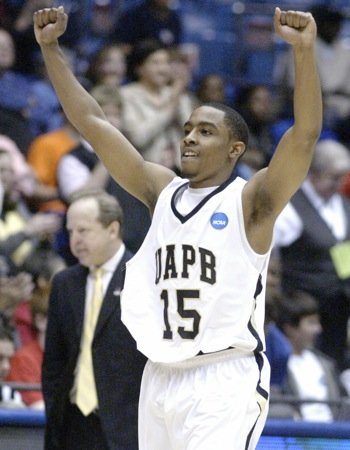After the Buzzer: 24 Hours of Hoops Review
Posted by rtmsf on November 17th, 2010Since we’re running late on this, we’re only going to hit some of the most-telling items from yesterday’s 24 Hours of Hoops Marathon.
Yesterday’s Hits…
- Ohio State’s Offense. Like Syracuse last season after downing UNC, OSU’s dominant win over Florida makes the Buckeyes the media darling to challenge Duke for the 2011 national championship. We’ve been high on the Buckeyes since well before last night and the reason is that Thad Matta has weapons everywhere on the floor (although they need to shore up that defense — see “Misses” below). Perhaps only the Blue Devils have an equal or better amount of experience and offensive talent to avoid prolonged scoring droughts during a game, one of the key differences between good and great teams. We knew Jared Sullinger was going to be great (22/12 in two games), but Aaron Craft’s 2.8:1 assist-to-turnover ratio has been a revelation.
- SDSU = Best in the West? People were buzzing about this throughout last evening as SDSU repeatedly staved off Gonzaga’s advances to become only the fifth visiting team to ever win at the Kennel. Billy White was outstanding, going for 30/9 on 14-18 shooting, but we’re honestly not sure if this game said more about Gonzaga than it did about SDSU (see “Misses” below).
- NIT as a Real Tourney. The last one standing. Still, it’s worth mentioning that VCU’s “upset” road victory over Wake Forest in the Preseason NIT wasn’t actually for naught, as their players will be rewarded with a trip to New York City and an opportunity to play two games in Madison Square Garden. Hooray for tournaments that actually advance their winners!!!
- Abdul Gaddy. Quietly, the biggest bust of the freshman class of 2009 is putting together a nice start to the season. In two games, Gaddy has shot 9-14 from the field and hit four of six three-pointers. He’s also dished out eleven assists to only three turnovers. Granted, the competition thus far has been weak, but this game is all about confidence, so it’ll be interesting to see how he handles the much-better competition he’ll see next week in Maui. He’s worth keeping an eye on.
- Delvon Roe. The junior theater major had a night he’ll never forget. After seamlessly starring in Shakespeare’s “As You Like It” as Charles the Wrestler in a school play a couple of hours before MSU’s game with South Carolina, he then exited stage left to the Breslin Center where he dropped 15/5/6 assts in a virtuoso encore performance. Can you imagine what he was thinking when he saw that the schedules come out?
- Trent Lockett’s Dunk. We don’t have to say anything, just watch…
…and Misses.
- Butler’s Mystique. That didn’t last long. In a classic Pitino-fires-up-the-troops situation, Butler learned a valuable lesson as to what it’s like to be hunted at the highest level. Prior to last season’s NCAA Tournament run to the championship game, the Bulldogs were well aware of what it meant to be the top dog in the Horizon League, where every one of its road games is the biggest game on an opponents’ schedule. Now Brad Stevens’ team has climbed the pole to where it has also become the featured game on the schedule even at a tradition-rich powerhouse like Louisville. This step up in class will take some getting used to, although we fully expect Stevens and his crew to figure it out (Matt Howard looked great, by the way, and we still don’t believe in the long-term viability of the Cards).
-
Syracuse’s Slow Start. Jim Boeheim is spitting mad at his team, and with good reason. Fab Melo has been disappointing thus far — he has more fouls (13) in three games than points (8), but it’s the play of expected breakout star Kris Joseph that should have him worried. The junior has shot 6-23 from the field, including a dreadful oh-fer last night against Detroit where he fouled out in nineteen minutes of action. The Orange are 3-0, but they’re not playing well. The good news is that they have a fairly light schedule until Big East play (one notable exception is a game against #2 Michigan State at the Jimmy V Classic.
-
Ohio State’s defense. By the same token, we should at least raise an eyebrow that OSU gave up 61% shooting to Florida, a team prone to mediocre shooting who never came anywhere close to that mark last season (57% against Jacksonville). The Buckeyes made up for it by convincingly winning the turnover margin (+10), but we’re going to want to see a much better performance on that end of the court before anointing OSU a title favorite.
-
Gonzaga & Elias Harris. In three games, Harris is playing like a guy who spent all summer thinking about how good he was supposed to be. He’s averaging a pedestrian 8/3, but Mark Few’s team needs him to at least double that. Harris has NBA athleticism and tools to be dominant, but he looked overwhelmed by the big SDSU front line last evening, and the Zags will be nowhere without him.
-
LSU/Texas Tech/Wake Forest/DePaul. All four major conference schools lost at home last night to a mid-major. There’s a little more than meets the eye here if you look a little more closely. Frankly, VCU is a better team than re-building Wake so that’s hardly an upset, and North Texas (an NCAA team last year) defeating Texas Tech shouldn’t really surprise that many people. DePaul’s several years from becoming competitive again in the Big East, and LSU seems to be treading water these days.
Tweet of the Day. It was that kind of a night/day/night around the twittersphere, as Ryan Feldman’s reply suggested last night.































